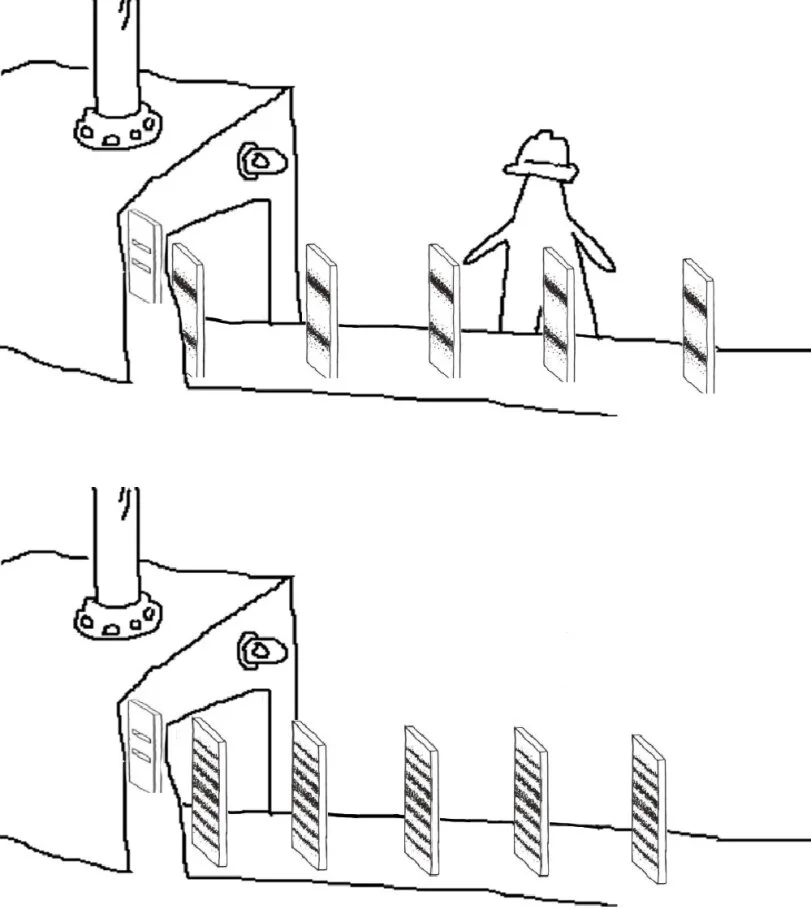this post was submitted on 23 Feb 2025
691 points (98.2% liked)
Science Memes
12399 readers
2361 users here now
Welcome to c/science_memes @ Mander.xyz!
A place for majestic STEMLORD peacocking, as well as memes about the realities of working in a lab.

Rules
- Don't throw mud. Behave like an intellectual and remember the human.
- Keep it rooted (on topic).
- No spam.
- Infographics welcome, get schooled.
This is a science community. We use the Dawkins definition of meme.
Research Committee
Other Mander Communities
Science and Research
Biology and Life Sciences
- !abiogenesis@mander.xyz
- !animal-behavior@mander.xyz
- !anthropology@mander.xyz
- !arachnology@mander.xyz
- !balconygardening@slrpnk.net
- !biodiversity@mander.xyz
- !biology@mander.xyz
- !biophysics@mander.xyz
- !botany@mander.xyz
- !ecology@mander.xyz
- !entomology@mander.xyz
- !fermentation@mander.xyz
- !herpetology@mander.xyz
- !houseplants@mander.xyz
- !medicine@mander.xyz
- !microscopy@mander.xyz
- !mycology@mander.xyz
- !nudibranchs@mander.xyz
- !nutrition@mander.xyz
- !palaeoecology@mander.xyz
- !palaeontology@mander.xyz
- !photosynthesis@mander.xyz
- !plantid@mander.xyz
- !plants@mander.xyz
- !reptiles and amphibians@mander.xyz
Physical Sciences
- !astronomy@mander.xyz
- !chemistry@mander.xyz
- !earthscience@mander.xyz
- !geography@mander.xyz
- !geospatial@mander.xyz
- !nuclear@mander.xyz
- !physics@mander.xyz
- !quantum-computing@mander.xyz
- !spectroscopy@mander.xyz
Humanities and Social Sciences
Practical and Applied Sciences
- !exercise-and sports-science@mander.xyz
- !gardening@mander.xyz
- !self sufficiency@mander.xyz
- !soilscience@slrpnk.net
- !terrariums@mander.xyz
- !timelapse@mander.xyz
Memes
Miscellaneous
founded 2 years ago
MODERATORS
you are viewing a single comment's thread
view the rest of the comments
view the rest of the comments

I have been tryin to find an actual demostration of this experiement and it seem impossible to find. can someone sow me this experiment done on a single setup. where you have a light source, two slits a screen and an ''observer''. That swithes from interference pattern to two lines, by switching the observer on and off. I am convinced that the science is solid, in its theoric and applied aspect. but that this interpretation of it is complete bullcrap. And i am annoyed by the ''believe this cheap explanation''that is repeated and nauseam. What is the actual equipment required, wave lenghts, slit sizes. I know This is science meme sub, where is the sub where i can find an actual two slit operator?
https://en.m.wikipedia.org/wiki/Double-slit_experiment
Put a filter on one slit to measure the beams. Done.
Edit: this thinks about a related experiment, where you build an interferometer instead of a double slit. Now rephrase the experiment s.t. you have to beams serviced from a singular beam. interfere the two beams with each other. If you measure on one beam path (e.g. Pol filter) you destroy the interference pattern.